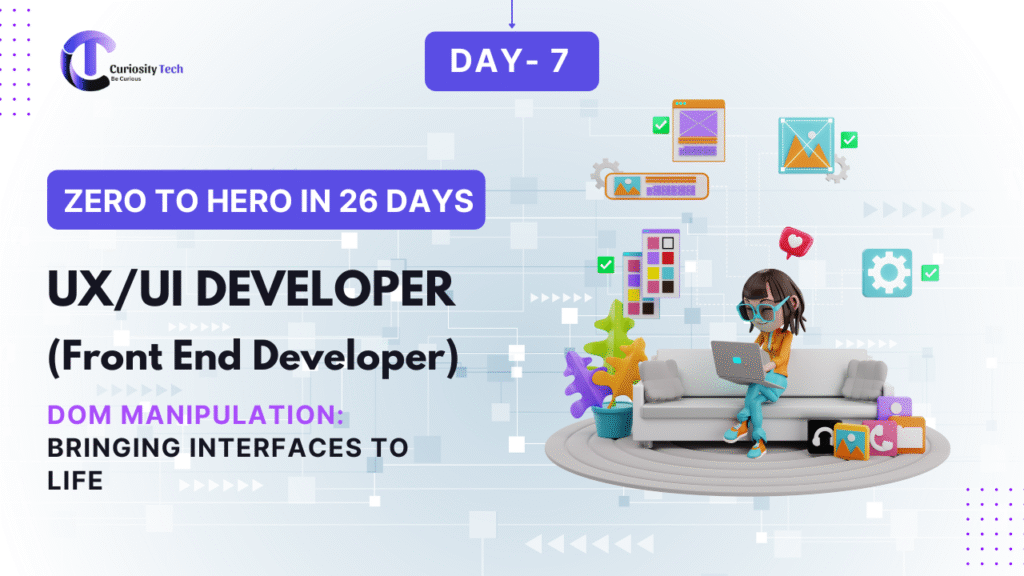User Experience (UX) design isn’t just about making a product look beautiful; it’s about understanding the human mind, predicting behavior, and creating seamless interactions that feel intuitive. The psychology behind great UX design is often the invisible thread that connects a user to a product effortlessly, creating satisfaction, loyalty, and trust. At Curiosity Tech, we’ve observed that understanding these principles is key to designing experiences that resonate deeply with users.
Understanding Human Behavior in UX
At the core of UX psychology is human behavior. Every click, scroll, and hover is driven by cognitive patterns and emotional responses. Designers who understand these patterns can anticipate user needs, reducing friction and enhancing engagement.
Some essential psychological principles for UX include:
| Principle | Description | UX Application Example |
| Hick’s Law | The more choices a user has, the longer it takes them to decide. | Simplifying navigation menus improves conversion rates. |
| Fitts’ Law | The time to reach a target depends on its size and distance. | Larger buttons for primary actions improve usability on mobile. |
| Gestalt Principles | Users perceive objects as part of a whole rather than individual elements. | Grouping related content visually enhances comprehension. |
| Peak-End Rule | People remember experiences based on peaks (high points) and endings. | Smooth onboarding and a memorable final interaction improve satisfaction. |
Emotional Design – Connecting Beyond Functionality
UX isn’t purely cognitive; it’s deeply emotional. Emotional design focuses on how users feel while interacting with a product. Colors, typography, micro-interactions, and even copywriting can evoke specific emotions that guide user behavior. For example, playful animations can make a financial app feel more approachable, while minimalist layouts convey professionalism and trustworthiness.
At Curiosity Tech, our UX designers carefully balance emotional and functional elements to ensure users don’t just use a product—they enjoy it.
Cognitive Load – Keeping the Mind Comfortable
Humans have limited mental bandwidth. Cognitive load refers to the amount of mental effort required to use a product. Reducing unnecessary complexity in user interfaces prevents frustration and abandonment. Techniques include:
- Progressive disclosure (revealing information gradually)
- Consistent navigation patterns
- Clear and concise language
By applying these methods, Curiosity Tech ensures that users can effortlessly navigate websites and applications, fostering longer engagement and satisfaction.
Designing for Trust and Credibility
Trust is the foundation of UX psychology. Users need to feel confident that a platform is secure and reliable. Key trust-building elements include:
- Transparent communication and error handling
- Recognizable design patterns
- Credible testimonials and social proof
We’ve seen firsthand at Curiosity Tech that incorporating trust signals strategically improves not only user experience but also conversion and retention rates.

This diagram demonstrates that effective UX design isn’t linear; it’s an interplay between cognitive efficiency and emotional resonance.

Conclusion
Great UX design is both art and science. By blending psychological principles with creativity, designers create products that feel intuitive, trustworthy, and emotionally engaging. At Curiosity Tech, we believe that understanding user psychology is not optional—it’s essential. Whether it’s a website, mobile app, or digital platform, incorporating these principles ensures users don’t just interact with technology—they connect with it.
By mastering UX psychology, you’re not just designing interfaces; you’re shaping experiences, guiding behavior, and fostering lasting relationships with users.



